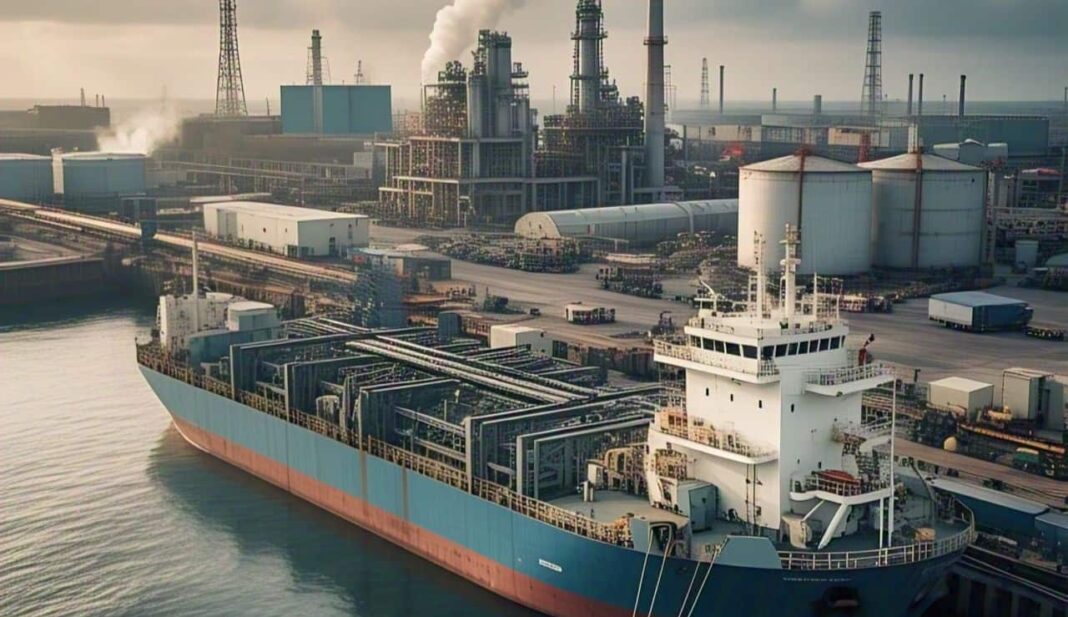New Delhi: Israel’s surprise airstrikes on Iranian nuclear sites have rattled global energy markets, sending oil prices soaring and raising concerns about wider regional instability. While the escalation is bullish for near-term oil and gas prices, analysts at S&P Global Commodity Insights say it is unlikely to sustain price pressure unless oil exports are directly disrupted.
“The attack is obviously bullish in the near term for oil prices, but the key is whether oil exports will be affected. When Iran and Israel exchanged attacks last time, prices spiked and then fell once it was clear the situation wasn’t escalating and oil supply remained unaffected,” said Richard Joswick, Head of Near-Term Oil Analysis at S&P Global Commodity Insights.
On June 13, Dated Brent surged to a two-month high of USD 75.19/b, marking the largest single-day jump in oil prices in nearly five years, according to Platts, part of S&P Global Commodity Insights. Middle East sour crudes also responded sharply, with Platts assessing front-month cash Dubai at USD 72.50/b — up 5.7% from the previous day.
While no damage has been reported to Iran’s energy infrastructure so far, Joswick cautioned that a broader Iranian retaliation — especially targeting oil infrastructure or regional shipping — could significantly elevate risk premiums.
“If Iranian crude exports are disrupted, Chinese refiners — the sole buyers of Iranian barrels — would need to seek alternative grades from other Middle Eastern countries and Russian crudes. This could also boost freight rates and tanker insurance premiums, narrow the Brent-Dubai spread, and hurt refinery margins, particularly in Asia,” Joswick noted.
According to the Platts OPEC Survey, Iran produced 3.25 million barrels per day (b/d) of crude in May, with approximately 2.2 million b/d of refining capacity and 600,000 b/d of condensate splitting capacity. However, exports dipped below 1.5 million b/d in May, as floating storage levels surged amid rising tensions.
The global data intelligence firm also reported that the conflict has disrupted Israeli gas production. The energy ministry confirmed temporary shutdowns at the Leviathan and Karish platforms, which together account for around 1.8 billion cubic feet per day (Bcf/d), or 50 million cubic meters per day (cm/d).
These outages have halted all pipeline gas exports to Egypt and Jordan, totaling 1.2 Bcf/d (35 million cm/d). According to Laurent Ruseckas, Executive Director at S&P Global Commodity Insights, “The shutdowns are bullish for LNG prices — initially on sentiment and possibly more if they persist. Egypt and Jordan will need to replace Israeli imports, and that could quickly drive demand for LNG cargoes.”
While no immediate LNG supply gap is expected due to infrastructure bottlenecks, replacement demand could drive up global LNG benchmarks, including JKM, NWE, and TTF, if the situation prolongs. Ruseckas noted that Egypt’s only active floating storage regasification unit (FSRU), Hoegh Galleon at Ain Sokhna, is already operating at full capacity. Two other FSRUs — Energos Eskimo and Energos Power — remain offline for maintenance.
If brought online quickly, and assuming grid readiness, these vessels could help manage the shortfall. Otherwise, Egypt and Jordan may have to turn to fuel oil and gas rationing. “To fully replace Israeli pipeline imports, Egypt and Jordan would require another 10–12 LNG cargoes per month,” Ruseckas added.
S&P Global Commodity Insights also highlighted in the report that the Strait of Hormuz remains a critical chokepoint, with nearly 20% of global LNG trade and a significant portion of crude exports passing through the narrow waterway. A serious escalation affecting shipping routes could further deepen market disruptions.
“There is a risk to LNG supply if Iran retaliates by threatening shipping through the Strait of Hormuz,” analysts warned. While current freight rates for Red Sea transits have remained steady, the report noted that rising conflict could reverse that trend. Ongoing tensions between Houthi rebels and commercial shipping have already reduced Red Sea transits by 60% since late 2023, according to Platts’ tanker tracking data.
The longer-term impact on oil and gas markets will depend on whether the conflict escalates into a broader regional war or remains contained. As Joswick emphasized, “Price risk premiums tend to fade unless actual supply is disrupted.” For now, markets remain on edge, with each new development holding the potential to tip the balance.



